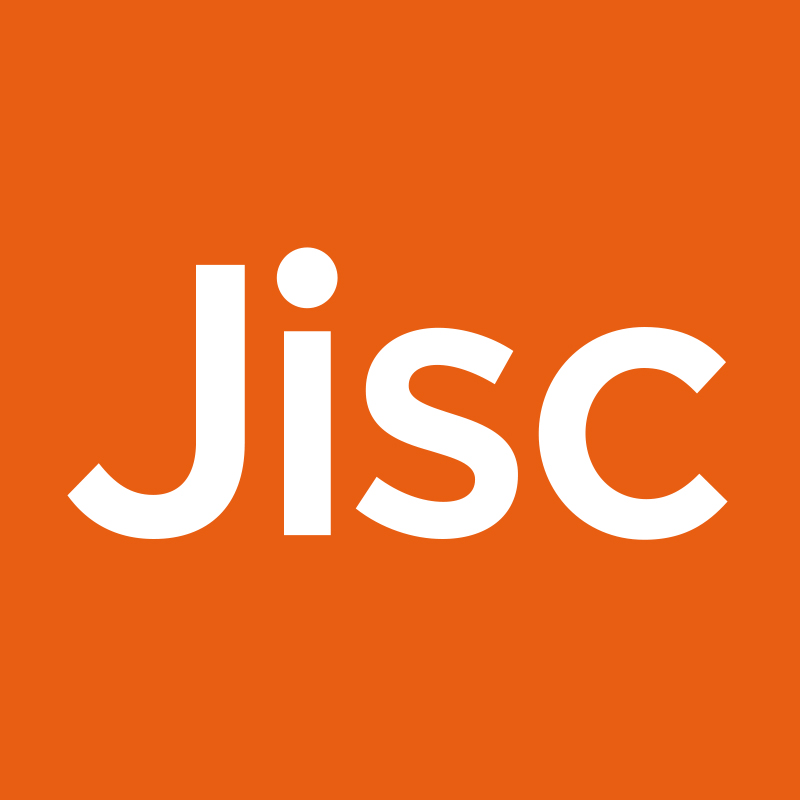[A second post arising out of excellent discussions at the DALTAí project seminar in Dublin this week]
We’re all familiar, perhaps too familiar, with how data flows typically work online. We give commercial companies access to data about ourselves; they extract some benefit from it, for example by selling profiled advertising space; they share some of that benefit back to us, for example in the form of services we don’t have to pay money for.
But that’s probably not how it works in education and research. Here, students and staff benefit directly from the use institutions make of data, and it’s the institutions that get the benefit at second-hand. That’s most obvious in one of the early uses of learning analytics: to help students at risk of dropping out. Institutions use data to identify and help those students, as a consequence the students who succeed in passing pay the institution another year’s fees. There may be a few cases where institutions benefit directly from data use – for example where they can make more efficient use of energy or space – but most situations seem to involve exactly the reverse flows of benefit from those in the commercial model. Successful students, successful teachers and successful researchers all channel indirect benefits from data and analytics to the institutions that do those analytics.
That’s a fundamental difference, which should lead us to think about data use in a very different way. Whereas, in the commercial model, the best we can hope for is that the benefits are shared equitably between the individual and the provider, in education, institutions are only likely to benefit if they can be confident that individuals will benefit more. And, to ensure that happens, we need to involve students and staff at the earliest stages of our plans to use data. If they can’t see a benefit, then it’s highly unlikely that any benefit will reflect onto the organisation. Students and staff may be able to suggest ways to increase the mutual benefit, or they may give us a strong signal that an idea won’t provide benefit to either individuals or institution.
Thinking about data and benefits in education and research suggests that early collaboration with staff and students may not just be a good thing from an ethical and legal perspective, but from an economic one too.
